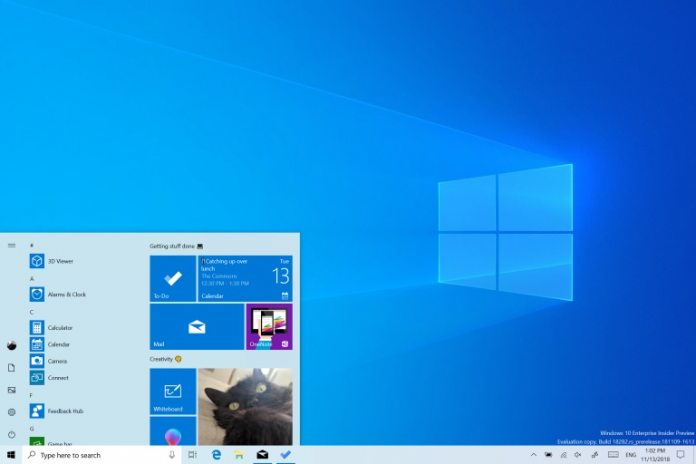Essentially, this is only a factor users have to worry about when purchasing a new PC that ships with the May update. Even then, Microsoft is making it a requirement for OEMs to include at least 32GB of free space in their upcoming devices. “New disk space requirement for Windows 10, version 1903 applies only to OEMs for the manufacture of new PCs. This new requirement does not apply to existing devices. PCs that don’t meet new device disk space requirements will continue to receive updates and the 1903 update will require about the same amount of free disk space as previous updates,” says the full statement.
Windows 10 Reserved Storage
The reason for the increase appears to be Windows 10’s new ‘reserved storage’. The feature sets some space aside for updates, apps, and temporary files, rather than PC performance becoming degrade when space gets low. It only applies to clean installs and PCs that ship with 1903. At the same time, the Windows 10 May update introduces better update control for all users. Those on Home can now pause feature and monthly updates for up to 35 days, five times. Further, issues relating to upgrading on external storage have been resolved. Microsoft has unblocked devices updating from portable devices after fixing a bug. This could help a little for those who still have storage concerns.




